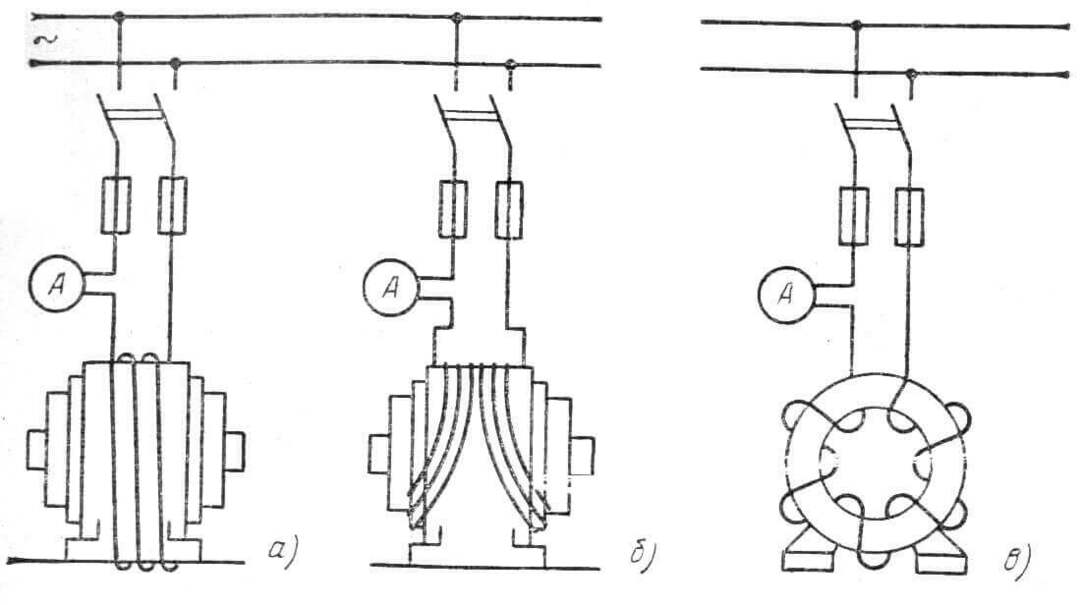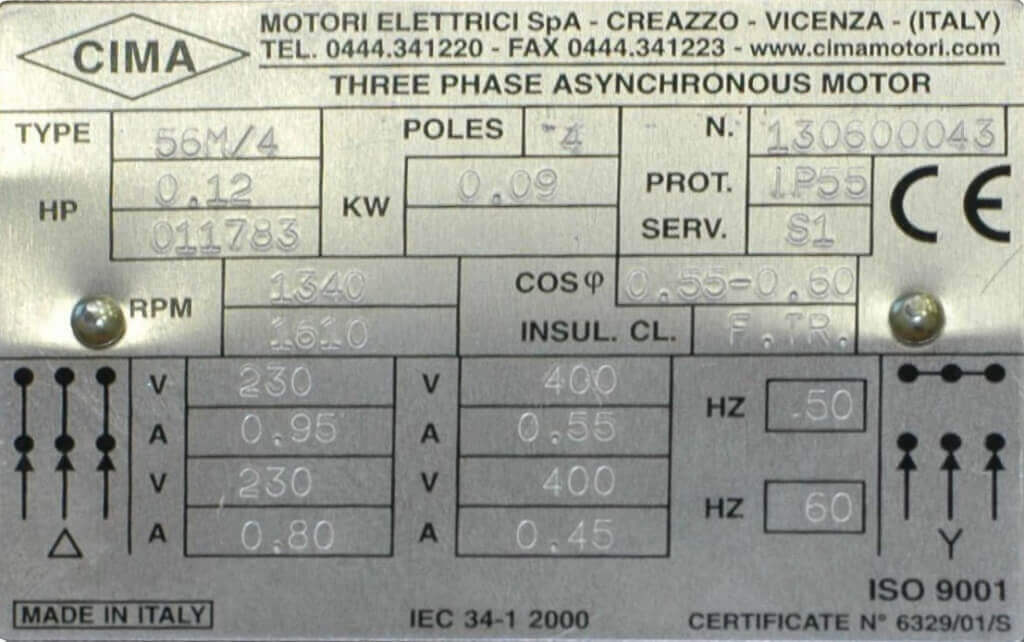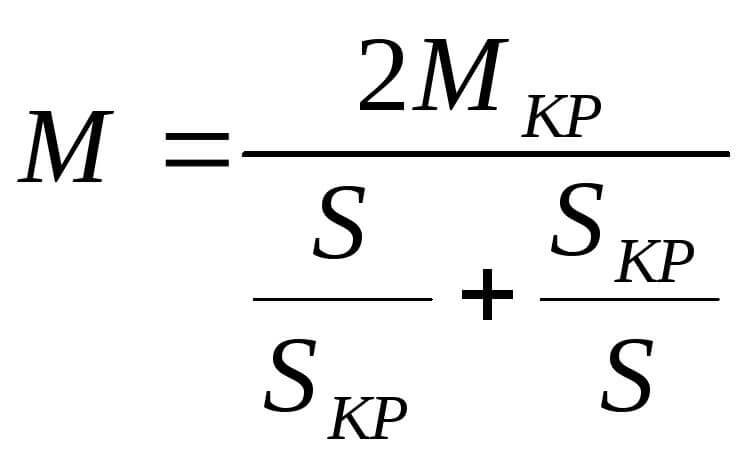Electricity meters are reliable devices that can work for a long time without replacement or repair. However, there are requirements for its measurement errors. And it often happens that a metering device, when it is replaced or installed for the first time, has to be bought consumer on their own, so you must know where to look at the accuracy class of the electric meter and what it is.
Content:
- What is it and where is it indicated
- What are the accuracy classes
- Tips for choosing a counter
What is it and where is it indicated
The definition of the concept of "accuracy class" is contained in GOST 52320-2005 part 11:

The accuracy class is indicated on the electric meter display in the form of numbers and is highlighted with a circle.
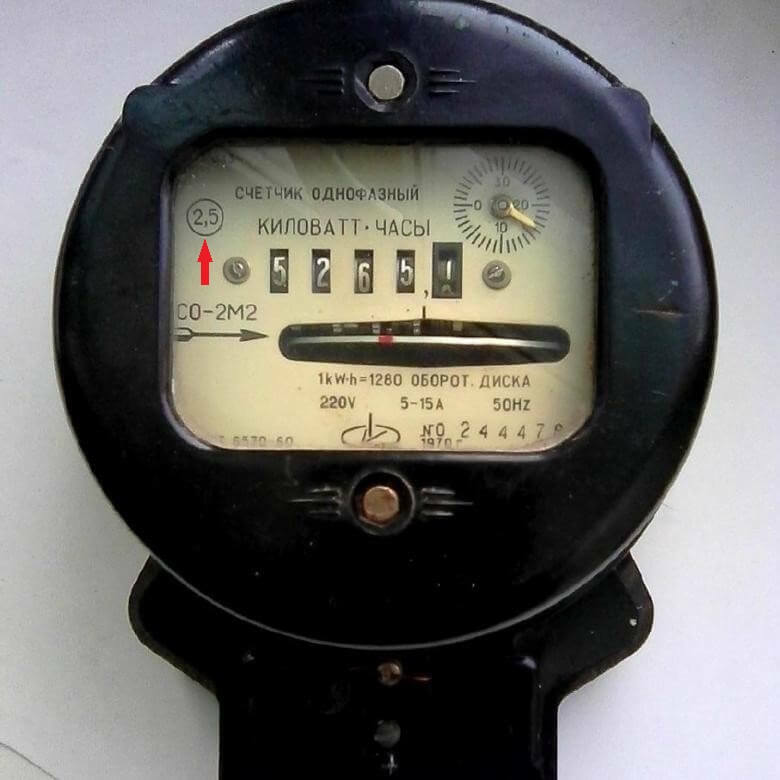
Brief definition: The figure denotes the maximum value of the error (deviation) allowed when measuring the consumed electricity by a specific device, measured as a percentage.
Electricity meters have different accuracy classes. Old induction models, already out of production, had large errors (more than 2.5%). During the dormant period, they consumed a significant amount of electricity, which led to increased electricity consumption in the country. The picture above shows an old type of induction meter. In the circle on the left of the display panel, the error value is 2.5%.
Until recently, absolutely all houses in the domestic sector and apartments were equipped with such devices. They can still be found today in a private house in the village, in garages and in summer cottages. But in the last 10 years, obsolete equipment has been replaced.
At the legislative level (namely, according to the PUE, chapter 1.5. NS. 15) it is forbidden to operate an electric meter with an error of 2.5% or more. For use by individuals, devices with accuracy class 1 or 2 are allowed. That is, metering devices should be installed in the apartment instead of the old one, after its failure or the end of its service life.

The figure above, for comparison, shows two types of meters - a new and an old model, where their error is indicated.
What are the accuracy classes
The error of an electric meter is determined by its design feature and is regulated by the manufacturer. At the factory, calibration is performed, after which the readings are entered into the product passport. The terms of operation and verification of meters are legally established, depending on the design feature.
The table below shows the average statistical data on the service life.
| Electric meter | 9-15 years old |
| Mechanical single phase | 16 years |
| Electric meter of accuracy class 0.5% | 5 years |
| Three-phase devices | 5-9 years old |
| Electronic devices | From 15 years old and more |
After this period, operation is prohibited, the device should be replaced or sent to verification. Now the owners must follow the terms. If you do not comply with the specified standard, then a fine may be imposed on the owner.
Responsibility for the use of an expired electricity meter lies with the owner. For verification, the device is dismantled and transferred to a specialized laboratory, where a comprehensive examination is performed and the measurement error is checked.
If the meter meets the factory parameters, then the laboratory workers give an opinion on the suitability of the device for further operation, which is recorded in the product passport. A faulty electric meter is repaired or written off.
So, according to the PUE, the maximum permissible error of induction metering devices for electricity is 2. However, according to the law for 2020, from July 1, "smart meters" will have to be installed at the expense of the state. Based on this, it follows that the owner will not need to deal with the purchase of an electric meter, and know what his error is 1 or 2, which is better. This will be done by organizations that replace metering devices.
Electricity metering is mandatory for all consumers. So, for legal entities, individuals with three-phase input and other large consumers, three-phase current meters. If he has such electrical installations.
Depending on the power consumption, electricity meters are used with an accuracy class:
- For business entities connected to a 35 kV network and with a capacity of up to 670 kW, an electricity meter is installed with an error of at least 1.0.
- To connect a load with a voltage of 110 kV or more, the accuracy class of the electricity meter must be 0.5S.
- Electricity consumption metering at a load above 670 kW, devices with an accuracy of 0.5S are used and allowing record hourly loads, as well as be able to integrate into an accounting and memory system capable of storing data up to 90 days.
All electricity meters used for commercial metering on high-voltage lines cannot be directly connected. To measure the consumed electricity in this case, as well as when the currents are consumed above 100A, transformer connection meters are used.
With a connection voltage of 110 kV and more, as well as with a power over 670 kW, metering devices with an accuracy class of 0.5 and 0.5S are used. The consumer needs to know what accuracy class the meter should have and 0.5 and 0.5S, what is the difference between these indicators.
The main differences are as follows:
- An error of 0.5 does not allow all electricity to be taken into account, which leads to a larger volume of underestimated electricity, compared to 0.5S.
- The difference in readings is 0.75%.
- Counters with an error of 0.5 do not pass verification and are rejected.
- In the event of a device failure or the end of its service life, it is necessary to replace such meters with devices with an error of 0.5S.
IMPORTANT! The readings on the device depend on the accuracy class electricity meter and current transformer.
Tips for choosing a counter
The meter is designed to calculate the consumed electricity. At the same time, not everyone understands what the accuracy class affects.
The higher it is, the more accurate the readings, which means that the consumer does not overpay for electricity.
For domestic use, single-phase devices of the type are installed:
- SOE-52, the device is designed to replace obsolete equipment. It has a body similar to the old device. During installation, no additional installation costs are required.
- Mercury 201.5, SE 101 and Neva 101-1SO. They are used to calculate the power in a single-phase power network with a maximum current of up to 60 A. Designed for DIN rail mounting.
- Multi-tariff meters allow you to pay for electricity at different rates, depending on the tariff. Such devices include Neva MT 124, CE 102M, Energomera.
- For accounting in a three-phase network, multi-tariff devices of the SE 303 and Agat 3-3.60.2 models are used.
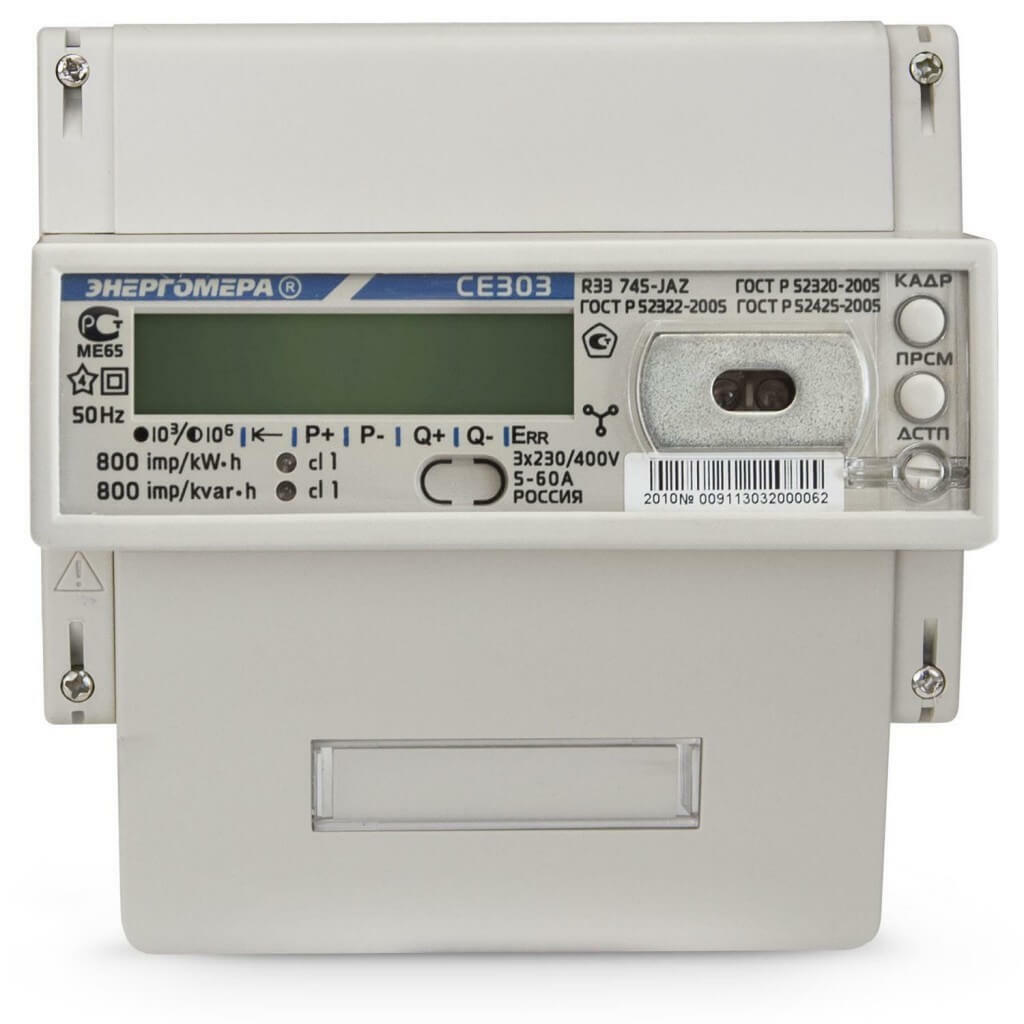
The above electricity meters meet the current requirements of power supply companies. Some of them have the ability to transfer readings over communication lines in automatic mode, and each device is accompanied by a passport, where all the characteristics are recorded.
